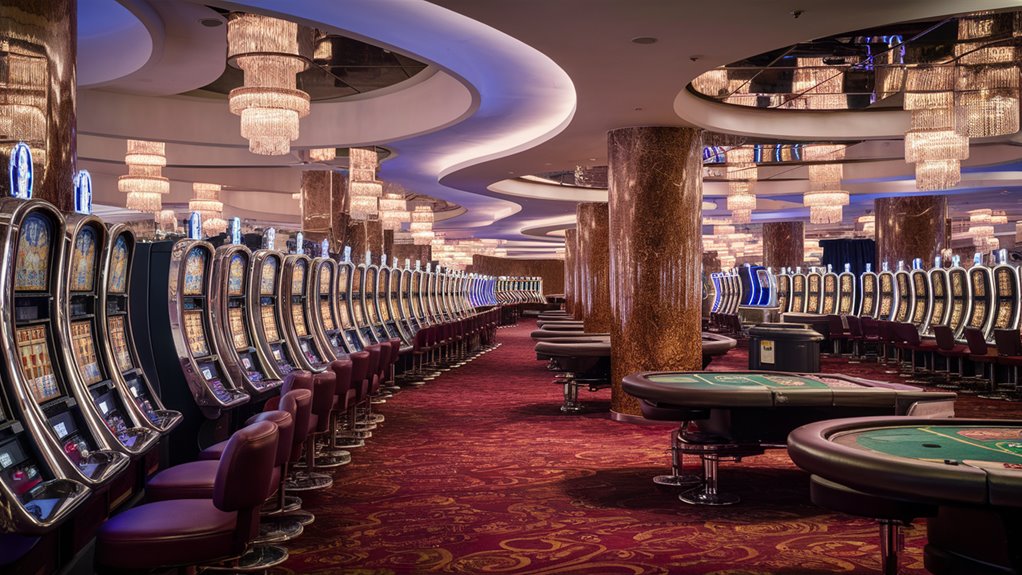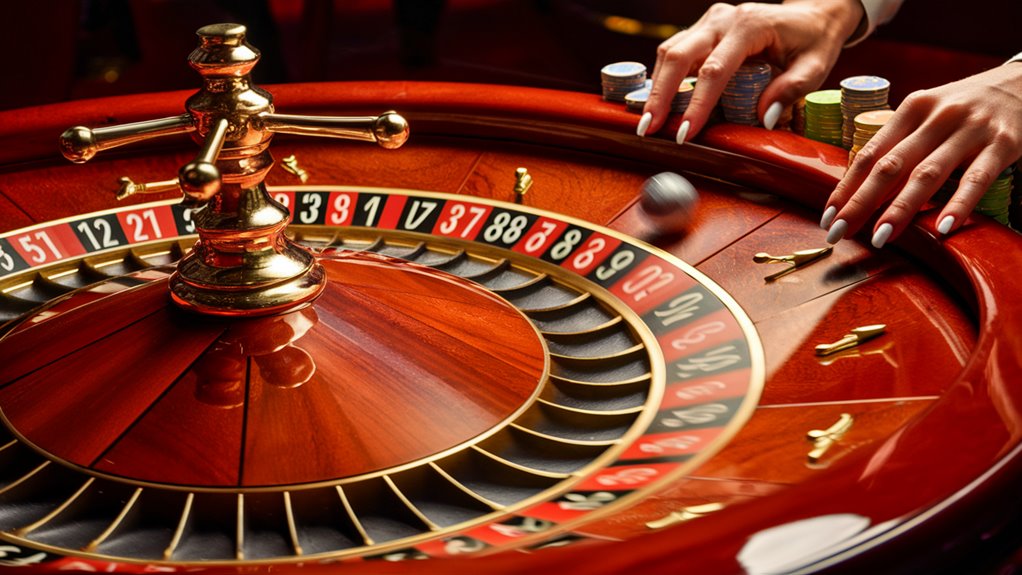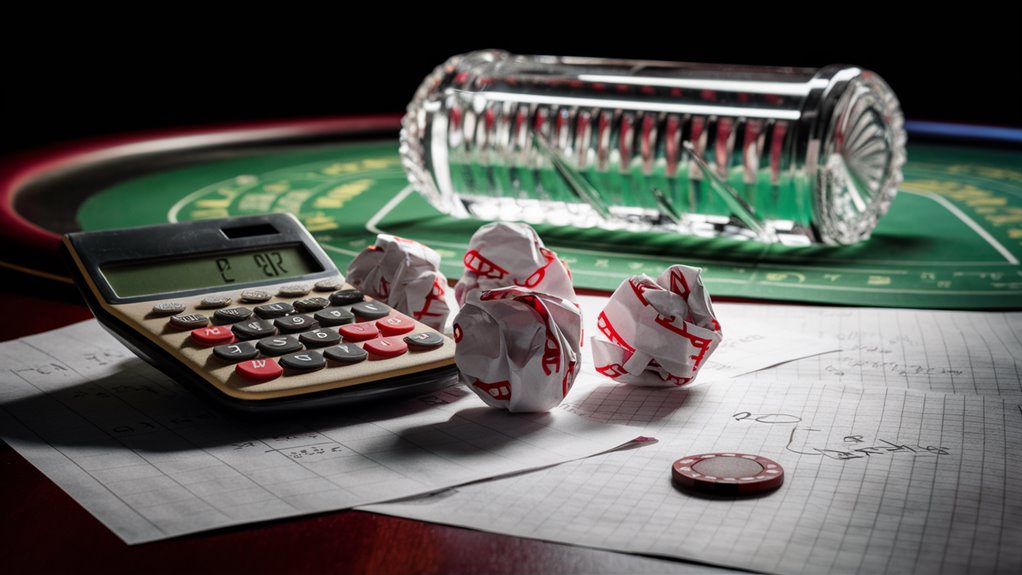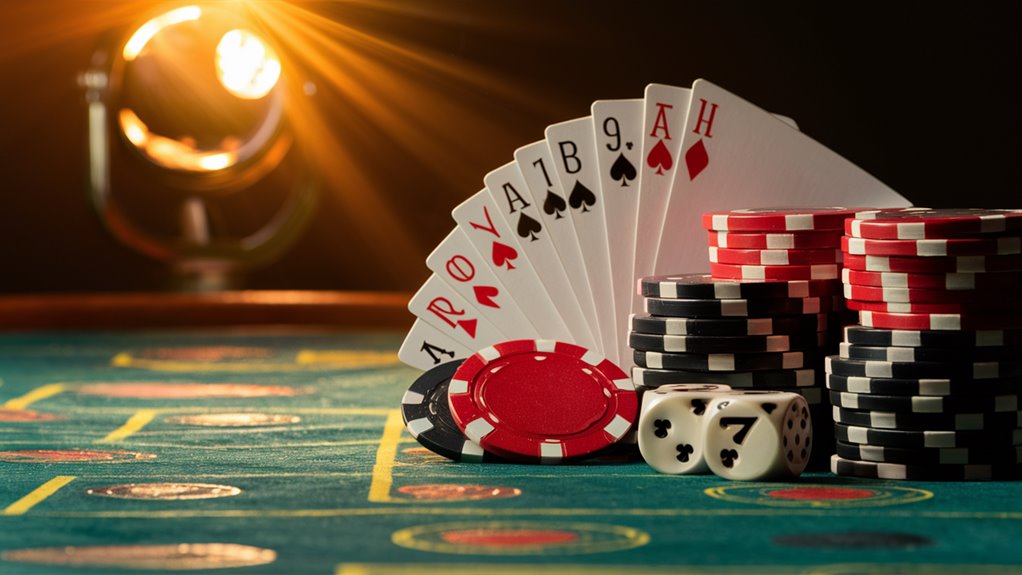The Psychology Behind Casino Design and Layout
By: Richard Widdows
Casino design combines elements of architecture and psychology to create a kind of science whose ultimate aim is to maximize the appeal gaming experience. The labyrinth with its intricately shaped layout has sidewalks that follow smoothly curving lines. It’s designed primarily to increase the length of the average casino visitor’s stay and ensure they’ll spend more money there in one visit.
Strategic Layout
At the many casinos, each a carefully orchestrated goody bag for its investors, the elements of architectural psychology used are legion. High-value gaming sections stand prominently near entrances and restaurants to heighten their visibility. This deliberate positioning takes full advantage of certain human traffic patterns and perceptual hazards created by reverberating sounds.
Control of the Environment and the Atmosphere
Casinos have evolved into a peculiar kind of artificial space, completely isolated in time. By means undisclosed the casino is hermetically sealed off against it: there are no windows or skylights; if you find yourself there for an hour every door and window will have disappeared around you. Largely through subtly modulated lighting, carefully balanced soundtracks, and other design features casinos control the senses and manipulate time to keep players longer at their tables.
Color Psychology and Stimulating the Facilities
The palette chosen for carpeting, ceiling patterns, and the lighting effects is designed specifically to keep you on the premises longer without tiring: red carpet all over, changeable lighting shows. And at some times, entering the casino is like landing inside your own brain, new ideas spring from everywhere! Not too horny or excited, just winning.
Organization of Gaming Floor
The spatial arrangement of gaming units in the context of various peripheral service facilities for institutions follows recognized psychological principles Players based on a large number of data readings. Slot machines, blackjack tables, and other popular games are placed along main routes through the building. This kind of site organization secures maximum exposure to gaming opportunities while keeping traffic flow smooth on all sides of the room or building.
The Science of Casino Architecture
Principles of Casino Design
Casino architecture revolves around gambler comfort. There are three basic elements: flow control, sensory manipulation, and psychological comfort. All of these are intended to increase customer interaction and stall the passage of time inside your casino.
Strategic Flow Control for Casino Design
Implementation of curved passageways and removal of straight corridors is psychological architecture done at its finest. Casinos, with their flowing design, guide people naturally through gaming areas. Placed attractions of high value and strategically located entrances create traffic paths that are predetermined. The arrangement of its space ensures the largest number of opportunities for gaming through the most intelligent paths.
Sensory Aspects and Environmental Control
Gambling environments employ complex sensory architecture in various ways:
- By maintaining temperatures at a consistent comfort level.
- Electric lighting simulates always being in midday light conditions.
- Strategic acoustics downplay the noise of defeats while emphasizing winning sounds.
These environmental controls create an especially rich atmosphere which tends to disorient time, feelings similar to centuries-old notions about the difference between 4 am and eight o’clock in the morning.
Psychological Architecture and Spatial Planning
Interior design works together with all these elements to produce the greatest psychological comfort possible. Lower ceiling heights create more intimate gaming spaces. The specific pattern of carpet creates territorial landmarks; you can feel how far you have walked just by the variations in floor color between these different areas. Ergonomic placement of furniture gives a sense of security and comfort to players. This kind of architectural framework elevates the game floor to a fine behavioral environment, making players’ experiences deeper, richer, and more satisfying than would be possible in any other setting.
Sound and Lighting Manipulation
Casino Sound and Lighting Design: Creating the Perfect Gaming Environment
Strategic Lighting Architecture in Casinos Nowadays
Administrators in the field have long known that Best Blackjack Variants & How to Play Them proper casino lighting helps make a better gaming environment. By implementing warmer, softer illumination, one achieves two things: maintaining the player’s comfort level while also subtly highlighting areas of the casino. This focused overhead lighting is precise for gambling tables and one-armed bandits, while peripheral regions get their soft illumination. The effect is to quietly pull customers in from the further reaches of public thoroughfares.
Scientific Approach for Casino Sound
Casino acoustics are no stepchild in the psychological order of architecture. Strategic layers of sound combine multiple aural elements:
- Beeps of victory from fruit machines dropping into collection slots.
- Rhythmic chinkings and clunks.
- The sort of music that conveys a situation but does not distract from good card sense is piped quietly in, reinforced by the low tessitura of corresponding announcements through hiding systems.
Impact of Environmental Control on Psychological Well-Being
Light and sound in casino design make a timeless gaming atmosphere. There are no light signals or windows, so people lose track of time. Together with the carefully designed sound system to keep arousal levels at their optimum, winning audio cues cause dopamine to be released, which reinforces pleasant associations with playing.
Detailed Explanation of the Sensory Control Mechanism
The whole sensory system consists of:
- Targeted illumination at 20-30% brighter than the average room for gaming areas.
- Sound pressure levels between 70-80 decibels.
- Strategic speaker placement to maximize sound distribution.
- Controls for each light source that synchronize and spotlight.
All these elements work together to make this immersive environment scientifically designed to indeed draw more time-consuming players into the casino.
Location Strategy
Casino Game Locations That Maximize Player Engagement and Capitalize On Revenue Chances
Casino game placement is finely tuned by modern psychology so as to maximize the profits and player involvement. High-margin slot machines take up the most desirable locations near entrances, walkways, and restaurants. Acting as powerful activation keys for potential players, they are expected to draw people into gaming. These machines, carefully positioned, provide immediate opportunities for gambling action. As a result, they set the atmosphere for the entire casino.
Interior Design and Traffic Flow
The labyrinth of a casino layout is a classic example of applied behavioral psychology. Premium games and attractions are situated deep inside the floor plan, forcing patrons to thread their way through multiple gambling options. This layout strategically exposes people to a range of different betting opportunities and at the same time assures a regular flow of customers. Blackjack and poker tables form little clusters of activity, creating areas on the floor where people can come together socially and race together competitively.
Strategic Amenity Layout
Crucial in extending players’ staying power is the layout of the casino’s amenities. ATM machines and Cashier/Player services are carefully spaced out from the main gaming areas to create this intentional distance which governs a player’s decision-making process. Different major parts of casino interior layout, like accommodation and meal operation spheres, take in a row of major pathways. What this high-level strategy achieves is to extend the range of opportunities for gaming throughout the visitor’s introduction to necessary facilities and commercial activities.

Key Facility Positions
The art of locating the public facilities optimizing Can You Cheat at Online Gambling? high traffic areas, game and product development clusters, amenity locations, visitor flow management, and revenue-generating zones.
Features of Maze Design
Casino Layout Design: A Solution to Maze Generation
In casino designing, floor plans represent an advanced system of behavioral architecture which is designed to make gaming environments more absorbing by means of what may well be the world’s most highly scientific paths. Eschewing tramlines in favor of curves is a basic principle, using natural developments in the layout to draw crowds into the central gaming-heart, to the great benefit of both customers and management.
Advanced Features for Player Attraction
Strategic disorientation is the bedrock of sound casino design, with these features:
- Reflecting surfaces and mirrors.
- Meandering routes.
- Discovery areas revealing new gaming locations.
Components of Psychological Architecture
Through a maze design, the casino layout is most efficiently run with:
- Time Leeway Elements.
- Fractional space.
- The strategic placing of relief to block your view.
- Gaming area location (disorientation).
- Environmental Control Mechanisms.
In casino design, environmental control is aimed at removing the time and space markers which serve as references to the outside world. It will be beneficial to casino operators if the above environmental psychology is realized through building means, and visitors thus become consumed in longer gaming selections entirely within the casino space.
Time Leeway Elements
Leeway Elements in Casino Design
Environmental engineering strategies are employed through such deliberate misuse of space and time indicators as indoor facilities, layered surfaces, lowered ceilings, and transillumination. Simultaneously, stable and consistent artificial lighting gives everybody a perpetual golden hour feel.
Dialogue Negotiation
A well-designed site is almost half of the work in temporal disorientation. It’s a cacophony of noise from the slot machines mixed together with the ambient noise of a restaurant or bar. Gone is man’s ability to accurately tell time inside such a cacophony, and pizzaz that time has no real meaning within its space. You are free to play at the tables or slot machines for hours on end without ever detecting any increase in time spent here.
Environmental Sound
Environmental sound fills the space with such a 안전놀이터 feeling of timelessness that time passes unobtrusively and swiftly. Visual patterns repeated throughout casino spaces and the uninterruptedly propagating ceiling and floor design form powerful little persuaders that synergize to create centers of temporal discontinuity. Perfected lighting calibrations help to establish the maximum alertness levels while at the same time covering over day-night rhythms. All of these environmental factors are designed with player comfort and alertness in mind. No matter how long you are at the tables, this will promote further advancements of our time dilation effect.
Color Psychology in Casino Design
Color psychology is a key feature of casino design. Casino design effectively uses warm colors such as red and orange throughout the gaming areas to promote active behavior in players. In contrast, cool colors create premeditated relaxation zones.
Multi-Sensory Environmental Management
Not content to remain merely the province of sight, the casino atmosphere provides an extensive sensory experience. In terms of ambient voice, among the machines are shrills announcing victories along with melodious jingles for winning quarters played at slots. Environmental elements comprise signature scents dispensed via air conditioning systems combined with tactile factors like high-quality carpeting and shaped seating that minimize wear on the body.
Balanced Sensory Integration
Casino environment design perfectly controls all the sensory elements while ensuring that players are fully engaged. A careful lighting design will prevent both aching muscles and eye strain. So you never tire and always remain alert.
Key Design Elements
- Color zoning aimed at behavioral manipulation.
- Acoustic engineering that sees players in a constant state of exhilaration.
- Atmospheric control by means of smell and tactile perception.
- Lighting optimization for longer playing time.
- Ergonomic furnishings incorporated throughout the design of the facility.




